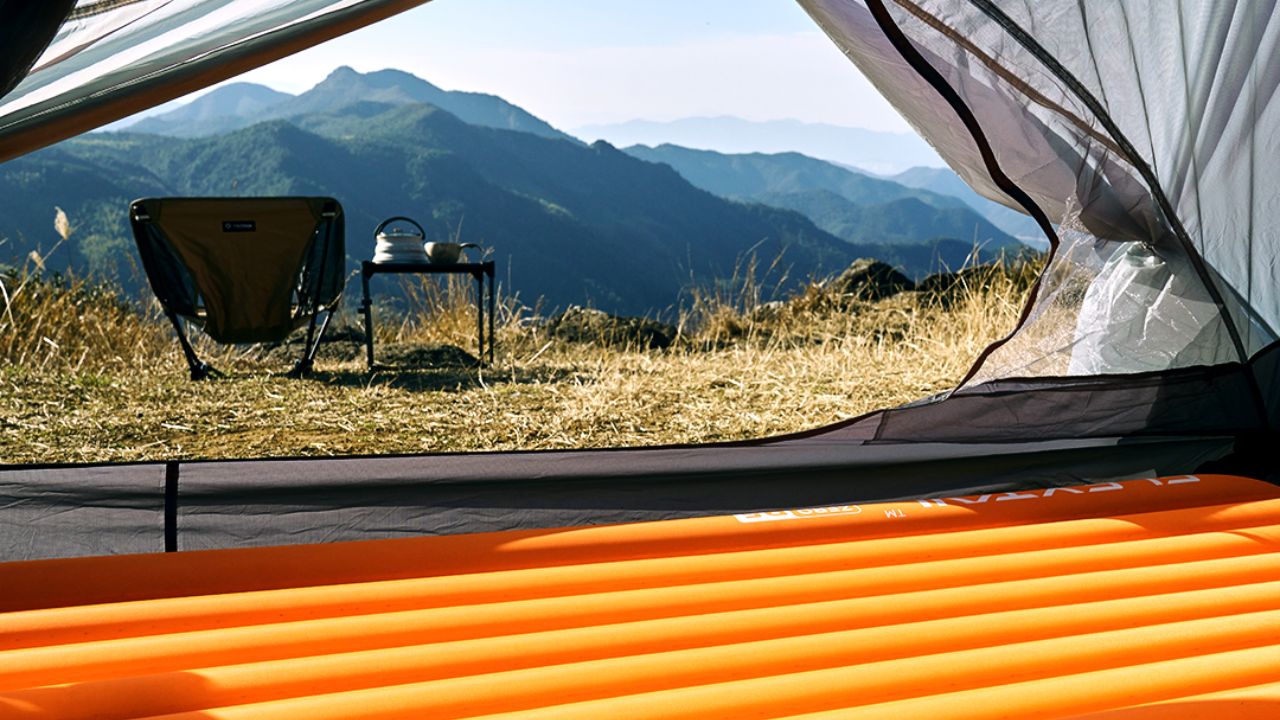In the long single trail journeys, any extra weight is irrelevant or should be omitted altogether. Backpackers care a lot about carrying lightweight gear that is as comfortable as possible and as versatile as necessary, and sleeping pads are no different. The extra features such as being a comfortable and insulated surface are a bonus to these pads and make your night of rest after a day of hiking comfortable. In this article, one will get more information about why ultralight air sleeping pad are perfect for multi-day hiking and what criteria should be taken into consideration while choosing.
The Importance of Ultralight Sleeping Pads
When hiking for several days, weight is a critical consideration for every hiker. Heavily laden or large items are likely to hinder hikers and have an impact on their speed and range of motion as well as causing unneeded exertion. An ultralight sleeping pad can easily shave quite a bit of weight, which makes the hike even more fun. Although extremely lightweight, these pads provide a sleeping pad's necessary comfort and thermal protection. Ultralight sleeping pads include those made from much denser, but very lightweight foams, or multiple air chambers.
Weight and Packability
Thus, the obvious reason for choosing an ultralight sleeping pad is that it is as light as it can get. It should not exceed one pound (or, better still, 16 ounces) in weight. Some of the choices are very lightweight, with the ZERO MATTRESS R05 ranging between 18.3 to 24.3 ounces depending on the size of the product. This means that, in addition to weight, packability is of paramount importance. The pad should fold so that it can take a very small space that one can pack well in a backpack.
R-Value and Insulation
Warmth retention is important, especially for the hikers who are trekking through chilly terrains. The higher R-value of a sleeping pad specifies how much heat it retains from reaching the ground. For thru-hiking, R values ranging between 3 and 5 are ideal for use during the three-season hiking. However, light ultra-weight sleeping pads with high R-values like 5.6 are very good for any time of the year, especially when the ground is cold in each terrain.
Durability and Materials
As multi-day hikes involve hikers in challenging terrains then durability becomes a priority factor. These lightweight sleeping pads are usually made from materials such as ripstop nylon or high-density foam that is hard to wear. Lighter materials, on the other hand, can easily be punctured, so it is desirable to select a pad that is thin, yet strong. First aid kits should also form part of the equipment for dealing with minor leakage in the field in case of punctures.
Inflation and Deflation
Accessibility, or lack thereof, can make or break a hiker or backpacker’s experience, especially after a tiring day outdoors. Most ultralight sleeping pads use air for inflation, which is effective besides occupying little space. Products such as the ZERO MATTRESS R05 are easily compatible with lightweight pumps such as the ZERO PUMP that offer easy inflation /deflation. This feature comes in handy helping hikers especially when they are setting up a camp.
Conclusion
Expedition sleeping pads are one of those important hiking gear that people opt to use during their multiday hikes. They provide insulation, warmth, and a relatively low weight so that hikers can save energy while walking and still get a good night’s rest. In this case, the general outlook, weight, level of comfort, insulation quality, size, and sturdiness of the ultralight sleeping pads determine the quality of the hiking adventure.

